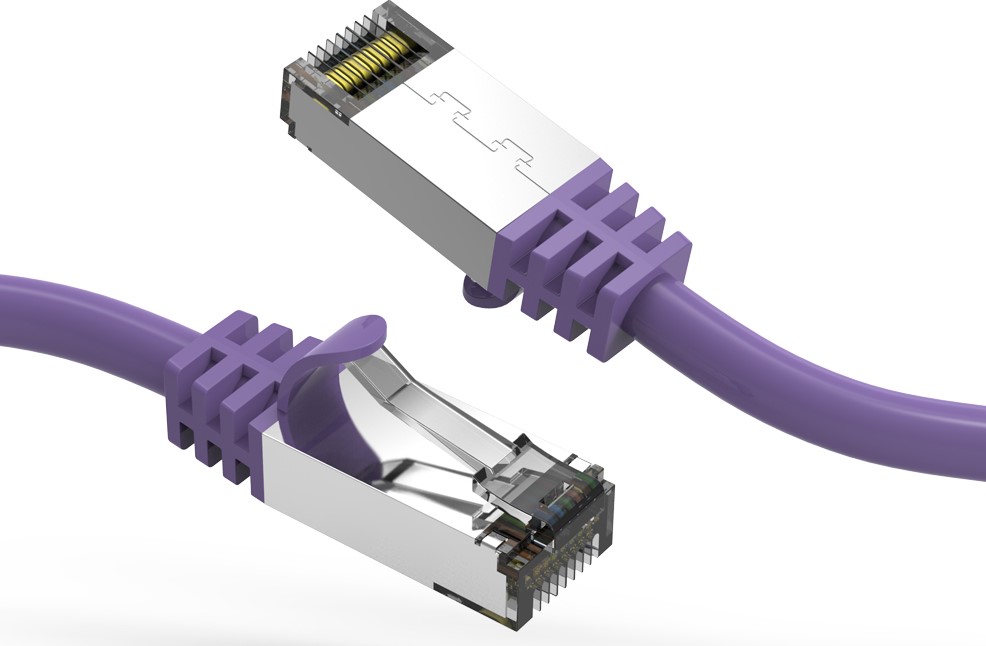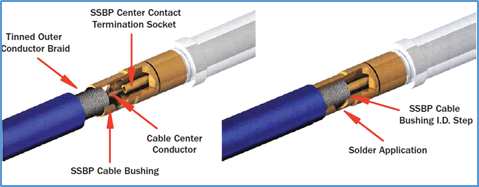In our increasingly connected world, the demand for faster, more reliable data transmission continues to grow. At the heart of this technological revolution lies a marvel of engineering: fibre optic cables. These slender strands of glass have transformed the way we communicate, stream content, and access information. But how exactly do these cables work their magic? Let’s dive into the fascinating world of fibre optics and uncover the science behind this light-speed technology.
The Basics of Fibre Optic Technology
Fibre optic cables are essentially thin strands of ultra-pure glass or plastic that transmit data using pulses of light. This technology harnesses the principles of total internal reflection to guide light signals over long distances with minimal loss of signal strength.
Key Components of a Fibre Optic Cable:
- Core: The central part of the cable, made of glass or plastic, through which light travels.
- Cladding: A layer surrounding the core with a lower refractive index, crucial for keeping light within the core.
- Buffer coating: A protective layer that shields the fibre from damage and moisture.
- Strength members: Often made of materials like Kevlar, these provide additional protection and durability.
- Outer jacket: The final protective layer that safeguards the entire cable assembly.
The Science Behind Light Transmission
The magic of fibre optics lies in its ability to guide light along its length using the principle of total internal reflection. Here’s how it works:
- Light source: A laser or LED emits a beam of light into the fibre core.
- Refraction: As light enters the core, it bends due to the difference in refractive indices between the air and the glass.
- Total internal reflection: When light hits the boundary between the core and cladding at an angle greater than the critical angle, it reflects back into the core.
- Guided transmission: This process repeats along the length of the cable, allowing the light to travel great distances with minimal loss.
Encoding Data in Light Pulses
Now that we understand how light travels through the cable, let’s explore how data is actually transmitted:
- Binary encoding: Data is converted into a series of binary digits (0s and 1s).
- Light pulsing: The light source rapidly turns on and off to represent these binary digits.
- Pulse detection: At the receiving end, a photodetector converts the light pulses back into electrical signals.
- Data reconstruction: These electrical signals are then decoded to reconstruct the original data.
This process happens at incredible speeds, allowing for the transmission of vast amounts of data in a fraction of a second.
Types of Fibre Optic Cables
There are two main types of fibre optic cables, each with its own characteristics and applications:
Single-mode Fibre:
- Smaller core diameter (typically 9 micrometers)
- Transmits a single ray of light
- Used for long-distance communication
- Higher bandwidth capacity
Multi-mode Fibre:
- Larger core diameter (typically 50 or 62.5 micrometers)
- Allows multiple light rays to travel simultaneously
- Used for shorter distances, often within buildings or campuses
- Lower cost but also lower bandwidth over long distances
Advantages of Fibre Optic Technology
Fibre optic cables offer several significant advantages over traditional copper wire systems:
- Higher bandwidth: Fibre optics can carry much more data than copper cables of the same diameter.
- Faster speeds: Data can travel at the speed of light with minimal degradation over long distances.
- Lower attenuation: Signal loss is much lower in fibre optics, allowing for longer transmission distances without the need for signal boosters.
- Immunity to electromagnetic interference: Unlike copper wires, fibre optics are not affected by electromagnetic fields, resulting in cleaner signal transmission.
- Enhanced security: It’s extremely difficult to tap into a fibre optic cable without detection, making it ideal for secure communications.
- Durability: Fibre optic cables are less susceptible to environmental factors and have a longer lifespan than copper cables.
Applications of Fibre Optic Technology
The versatility and performance of fibre optic cables have led to their widespread adoption across various industries:
- Telecommunications: Forming the backbone of global internet infrastructure.
- Cable television: Delivering high-quality video content to homes.
- Medical imaging: Enabling advanced diagnostic techniques like endoscopy.
- Industrial sensing: Monitoring temperature, pressure, and other parameters in harsh environments.
- Military and aerospace: Providing secure and reliable communication channels.
- Automotive: Enhancing in-vehicle networking and infotainment systems.
The Future of Fibre Optics
As technology continues to advance, so does the potential of fibre optic communication. Some exciting developments on the horizon include:
- Hollow-core fibres: These could potentially transmit data at speeds approaching the speed of light in a vacuum.
- Quantum communication: Fibre optics may play a crucial role in the development of ultra-secure quantum networks.
- Increased capacity: Researchers are constantly finding ways to squeeze more data through existing fibre infrastructure.
- Integration with 5G networks: Fibre optics will be essential in supporting the high-speed, low-latency requirements of 5G and beyond.
Conclusion: Illuminating the Path to a Connected Future
Fibre optic cables have revolutionized our ability to communicate and share information across vast distances. By harnessing the power of light, these remarkable strands of glass have become the arteries of our digital world, enabling everything from high-speed internet to advanced medical procedures.
As we continue to push the boundaries of technology, fibre optics will undoubtedly play a crucial role in shaping our connected future. From faster internet speeds to more secure communications, the potential applications of this technology seem limited only by our imagination.
The next time you stream a video, make a video call, or simply browse the web, take a moment to appreciate the incredible journey that data has made – traveling at the speed of light through a strand of glass thinner than a human hair. It’s a testament to human ingenuity and a glimpse into the bright future of global connectivity.






0